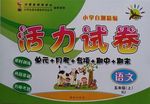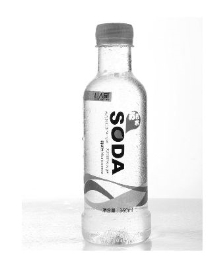题目内容
—How are you today?
—Oh, I ________ as ill as I do now for a very long time.
A. didn’t feel B. wasn’t feeling
C. haven’t felt D. don’t feel
C
【解析】
试题分析:考查时态与体态分析。A. didn’t feel 一般过去时;B. wasn’t feeling过去进行体;C. haven’t felt现在完成体;D. don’t feel一般现在时。句意:—你今天怎么样?—哦,我已经很长时间没有像现在生病的感觉了,由for a very long time可知是从过去到现在,故用完成时态更恰当,故选C。
考点:考查时态与体态分析。

练习册系列答案
 活力试卷系列答案
活力试卷系列答案 课课优能力培优100分系列答案
课课优能力培优100分系列答案
相关题目
